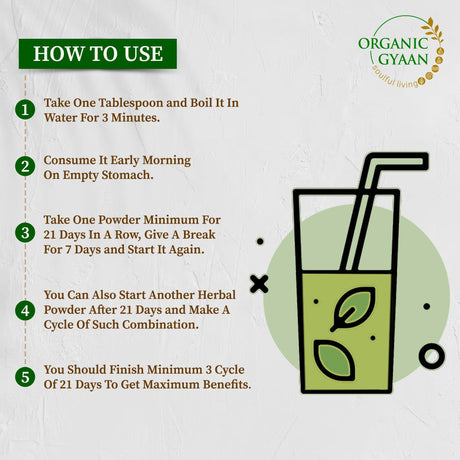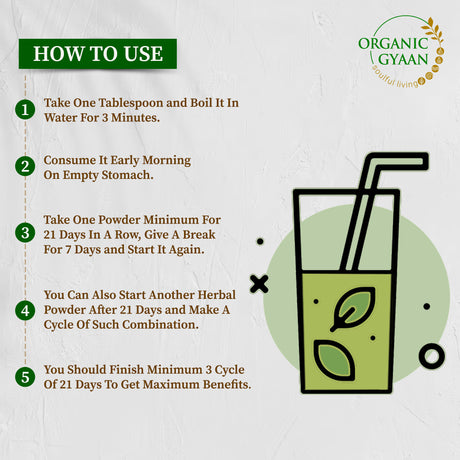Diabetes is a condition that affects millions of people around the world-and it doesn’t always show up with dramatic signs. In men, the symptoms can sometimes be subtle or confused with everyday stress or aging. But spotting the signs of diabetes in men early is important, because it gives you the best chance to manage it naturally and prevent complications.
In this blog, we'll explore:
- What diabetes is
- Common signs of diabetes in men
- How to recognize symptoms early
- Lifestyle tips and plant-based supports to take control of your health
What Is Diabetes?
Diabetes happens when your body struggles to process glucose (sugar) properly, leading to higher-than-normal blood sugar levels. There are different types of diabetes, with Type 2 being the most common, especially in adults. This condition develops gradually and is often linked to lifestyle factors like diet, inactivity, and weight-but genetics can also play a role.
Common Signs of Diabetes in Men
Recognizing the early symptoms of diabetes in men can help you take timely action. Below are the most common signs you should be aware of, explained in detail:
1. Frequent Urination and Constant Thirst
This is one of the earliest and most common signs of diabetes. If you’re suddenly needing to pee more than usual, especially at night, don’t ignore it.
Why it happens:
When your blood sugar is high, your kidneys try to get rid of the excess sugar by flushing it out through urine. This makes you urinate more frequently. But with every trip to the bathroom, your body also loses water, leading to dehydration.
What you might notice:
- You’re thirsty all the time, no matter how much water you drink
- You wake up several times at night to pee
- Your mouth feels dry often
- You might even feel dizzy or lightheaded due to fluid loss
These signs are your body's way of trying to balance your sugar levels. If this becomes a pattern, it’s a strong sign to get your sugar levels checked.
2. Extreme Tiredness or Fatigue
This isn’t the usual tiredness after a long day. Diabetes-related fatigue is more intense and can linger even when you’re well-rested.
Why it happens:
Glucose is your body’s main source of energy. But in diabetes, your body either doesn’t make enough insulin or doesn’t use it properly. This means your cells don’t get the fuel (glucose) they need - so you feel drained.
What you might notice:
- You feel low-energy even after sleeping well
- You find it hard to do everyday tasks
- You feel mentally foggy or struggle to concentrate
- You lose interest in hobbies or social activities
Fatigue is one of the most overlooked signs - but it’s a major clue that something’s off with your blood sugar.
3. Blurry Vision or Eye Discomfort
Has your vision suddenly become less clear? Do you find yourself squinting more often, or rubbing your eyes thinking you’re just tired?
Why it happens:
High blood sugar pulls fluid from tissues, including the lenses of your eyes. This can temporarily change the shape of your eye lens, leading to blurry vision. Over time, high sugar levels can also damage tiny blood vessels in the retina.
What you might notice:
- Blurred or distorted vision
- Difficulty seeing at night
- Eyes feel dry or tired easily
- Vision may improve or worsen randomly
Blurry vision that comes and goes may not seem serious - but it’s often one of the first signs of diabetes-related eye changes.
4. Unexplained Weight Changes
Weight loss might sound like a good thing, especially if you haven’t been trying. But in diabetes, sudden or unexplained weight loss can be a red flag.
Why it happens:
When your body can’t use sugar for energy, it starts breaking down fat and muscle instead. This can lead to rapid weight loss, even if you’re eating your usual meals.
On the other hand, some men may gain weight, especially around the belly, due to insulin resistance (a key part of type 2 diabetes).
What you might notice:
- Clothes feel looser
- You lose muscle mass or feel weaker
- You feel hungry all the time, yet still lose weight
- Or, you’re gaining weight despite no big diet changes
If your weight is shifting without a clear reason, your blood sugar could be playing a role.
5. Slow Wound Healing and Skin Changes
Have you noticed that cuts or scratches are taking longer to heal? Or that your skin feels dry and itchy more often?
Why it happens:
High blood sugar damages blood vessels and weakens circulation. This means less oxygen and nutrients reach the skin, so your body struggles to repair even small injuries.
What you might notice:
- Minor cuts, insect bites, or bruises linger for days or weeks
- You get frequent skin infections
- Skin feels drier or more irritated
- Cracks around heels or hands take longer to heal
Healthy skin heals quickly - so if yours doesn’t, your sugar levels may be affecting your body’s natural repair system.
6. Tingling, Numbness, or Burning in Hands and Feet
This sensation usually starts subtly but can become more noticeable over time.
Why it happens:
Chronically high blood sugar can damage your nerves - especially those farthest from your heart, like in your feet and hands. This is called diabetic neuropathy.
What you might notice:
- Numbness in toes or fingers
- A tingling, pins-and-needles feeling
- Burning pain in the soles of your feet
- Feeling like your socks or shoes are “bunched up” when they’re not
- Reduced sensitivity to hot, cold, or pain
These sensations may come and go or worsen at night. Left untreated, they can lead to permanent nerve damage.
Natural Ways to Support Blood Sugar
Here are some gentle, plant-based strategies you can start today to support healthy blood sugar:
1. Eat More Whole Grains and Millets
Switch from refined carbs to grains like foxtail millet, barnyard millet, or little millet. These release energy slowly and help control sugar levels.
2. Include Blood Sugar-Friendly Herbs
- Jamun Seed Powder: Known to support glucose metabolism.
- Moringa Powder: Rich in antioxidants and supports insulin function.
- Karela (Bitter Gourd) Powder: Helps regulate sugar naturally.
- Neem Powder: Known for its blood-purifying and sugar-balancing effects.
3. Move Your Body Daily
You don’t need a gym-walking, yoga, or cycling for 30 minutes daily can improve insulin sensitivity.
4. Manage Stress Naturally
Chronic stress increases cortisol, which can raise blood sugar. Try deep breathing, nature walks, or even journaling.
5. Stay Hydrated
Drinking enough water helps your kidneys flush out excess sugar and keeps you feeling energized.
Conclusion
Understanding the symptoms of diabetes in men is the first step toward prevention. If you’ve noticed signs like fatigue, frequent urination, or blurred vision, don’t ignore them. Listen to your body-it may be trying to tell you something important.
Instead of feeling overwhelmed, take small, consistent steps. Choose whole foods, stay active, and support your body with natural herbs like jamun, moringa, or karela.
Diabetes may run in families, but your daily choices matter more. You have the power to take control of your health-start today.




















